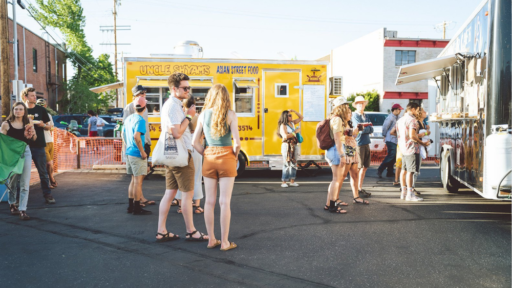Land Acknowledgment: Payahuunadu has been, and continues to be, the homeland of the Paiute (Nuumu), Shoshone (Newe), and Timbisha peoples. This land acknowledgment honors the original inhabitants of the Eastern Sierra and the tribes who remain here today.
Overview
Bishop Pass is one of the most iconic hikes in the Eastern Sierra, offering breathtaking alpine scenery, shimmering lakes, and access to the high Sierra backcountry. Starting from South Lake outside of Bishop, the trail climbs steadily through a chain of lakes before topping out at nearly 12,000 feet. It’s a favorite among backpackers, day hikers, and peak baggers for good reason: the views are unreal, the terrain is rugged, and the route serves as a gateway into Kings Canyon National Park.
Quick Stats
| Trailhead | Bishop Pass |
| Route | Bishop Pass Trail |
| Mileage | 11.1 miles round trip |
| Elevation Start | 9,850 feet |
| Elevation Gain | 2,120 feet |
| High Point | 11,972 feet |
| Type | Out and Back |
| Difficulty | Moderate |
| Water Sources | Lakes, seasonal streams |
| Permit Needed | Overnight |
| Dog Friendly | Yes (on leash) |
| Land Manager | Inyo National Forest |
Trail Description
The trail to Bishop Pass starts at Bishop Pass Trailhead and quickly immerses you in classic Sierra terrain—sparkling alpine lakes, granite cliffs, and shaded pine forests. Within the first two miles, you’ll pass the stunning trio of lakes: Long Lake, Saddlerock Lake, and Bishop Lake. All are worthy of a break or photo stop.
The elevation gain is steady and gradual, but as you approach the final switchbacks to Bishop Pass, the trail becomes rockier and more exposed. Once at the top, you’re rewarded with panoramic views into Dusy Basin and the jagged skyline of Kings Canyon National Park.
On your way back, the light shifts and everything looks different—yes, it’s that kind of trail.
Best Season to Hike
Late June through October, depending on snow conditions. Snow may linger into early summer. Always check trail conditions with the Inyo National Forest ranger station before heading out.
Flora & Fauna
Expect classic Eastern Sierra alpine flora—lupine, Indian paintbrush, shooting stars, and Sierra columbine bloom in full force by mid-summer. Wildlife sightings can include marmots, pikas, Clark’s nutcrackers, and the occasional black bear, especially near water sources.
Geology
The Bishop Pass Trail cuts through some of the oldest granitic rock in the Sierra Nevada batholith. Evidence of glacial carving is everywhere—U-shaped valleys, striated granite slabs, and deep alpine basins. Bishop Pass itself marks a significant geological divide between the John Muir Wilderness and Kings Canyon National Park.
History
Originally used by the Paiute people for seasonal migration and trade, this corridor became more heavily trafficked in the early 1900s by sheep herders, miners, and eventually, recreational explorers. The modern trail was formalized by the Forest Service and remains a vital link into the High Sierra.
Know Before You Go
• Weather: Afternoon thunderstorms are common in summer. Start early and turn back if weather shifts.
• Bears: Bear-proof food storage required if camping. Day hikers should store food properly at the trailhead.
• Altitude: The trail starts high and ends higher—hydrate, pace yourself, and be aware of signs of AMS.
• Trail Use: This is a popular route for backpackers and PCT hikers. Expect some traffic on weekends and holidays.
• Fishing: Some lakes along the trail are stocked—bring a lightweight rod if that’s your thing.
Driving Directions
From Bishop, take Highway 168 (West Line Street) west for about 15 miles. Turn left at South Lake Road and follow it 7 miles to the end at South Lake. The trailhead is well-marked.
Parking
Parking is free but limited during peak season. Arrive before 8 AM on weekends for the best chance at a spot. Vault toilets are available at the trailhead.
Leave No Trace
Please recreate responsibly. Stay on marked trails, pack out all trash, respect wildlife, and follow local waste disposal guidelines. Help keep the Bishop backcountry pristine for generations to come.
#packitinpackitout #leaveitbetter #leavenotrace #camplikeapro
AWE Disclaimer: Recreation activities may involve inherent risks, including but not limited to changing weather conditions, challenging terrain, wildlife encounters, and other unforeseen hazards. Visitors should check with local land management agencies or authorities for up-to-date information on trail conditions, access, permits, and regulations before planning their trip. Always prioritize safety by being prepared, carrying adequate supplies, and following Leave No Trace principles to protect the environment. Respect local rules, private property, and other visitors. This post is for informational purposes only, and participation in any activity is at your own risk.






